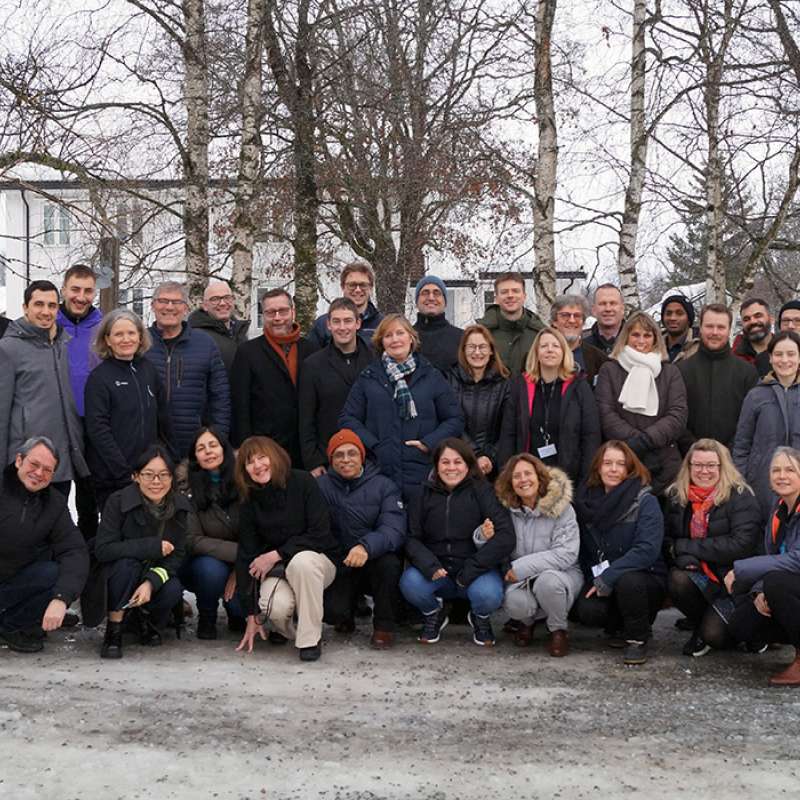Volkmar Timmermann
Research Scientist
Abstract
No abstract has been registered
Authors
Lena Wohlgemuth Mathieu Jonard Andreas Schmitz Peter Waldner P. Schmidt Walter Heleen Deroo Nathalie Cools Bruno de Vos Anne Thimonier Arne Verstraeten Inken Krüger Volkmar Timmermann Mathias Neumann Pasi Rautio Kai SchwärzelAbstract
No abstract has been registered
Abstract
No abstract has been registered

